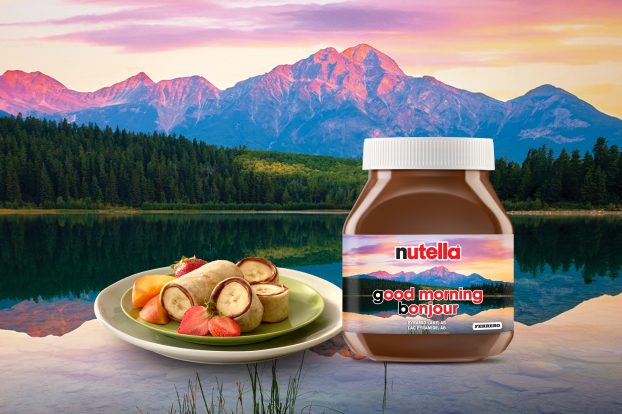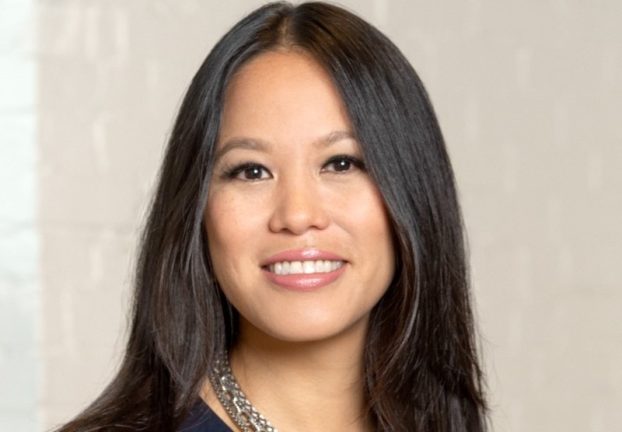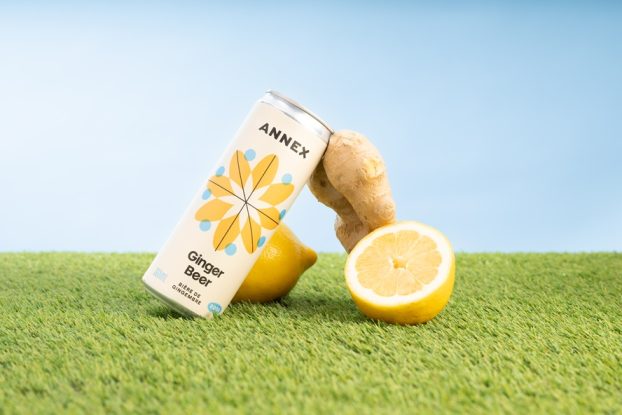Incentive programs geared to many winners
In this special report, Strategy takes an in-depth look at incentives for the retail salesforce.
Three retailers and a manufacturer explain the objectives behind their incentive programs, how the programs are structured and internally promoted and what makes them successful.
The report continues to page 25.
the fact that HMV Canada is blessed with a recession-proof product has enabled the British-based music retail chain to offer its sales force cash rewards.
‘We are in a high-growth phase,’ says Marnie Faulkner, director of human resources at Toronto-based hmv, which is headed by President Paul Alofs.
Successful
‘We’ve never been so successful,’ Faulkner says. ‘So we’re not restricted as much as others in choosing our sales force rewards.’
hmv, which stands for His Master’s Voice, reports store sales jumped 20% in December, during the crucial Christmas selling period, against sales in the same period last year.
hmv retail outlets establish quality and service objectives each business quarter and then budget their incentive programs according to projected sales, profits and costs.
This is done under the nose of regional and head office management.
Sales performance is measured against these objectives. Once targets are met, a pool of money is shared out between staff, depending on position and seniority.
Besides having hmv salespeople profit from hoped-for productivity gains – and not fume as management appears to reap all rewards – incentive programs also provide training and help staff learn more about the products they sell.
hmv divides its incentives effort between cash bonuses and merchandise redemption programs.
Both programs aim at creating the greatest number of winners.
Says Faulkner: ‘People should not be singled out as stars and pocket all the bonus money. We want to reward salespeople working as part of teams.’
If quarterly sales targets are surpassed in an outlet, a percentage of the over-achievement goes to each salesperson.
That provides an incentive to ambitious managers to inspire their staff to greater sales, and ensures all incentive programs are self-funding.
‘Our managers understand why they want to get the best price for all the supplies in their stores, and our salespeople recognize why customer service is important: superior performance will go right into their pockets,’ Faulkner says.
Incentive program targets have quantitative and qualitative standards.
For example, programs in the quarter leading up to the crucial Christmas selling season will stress improving customer service.
Rewards on offer to employees range from leather jackets and T-shirts with the company logo to travel holidays.
In the past, incentive winners were told which holiday destinations they were entitled to. But feedback from staff urged more flexibility.
So hmv began offering travel vouchers so staff could visit preferred hotspots.
hmv also offers scholarships to up-and-coming managers, allowing them to travel to any hmv market internationally, from Europe and Australia to Japan.
Polling of sales staff also revealed some hmv outlets preferred cash bonuses rather than merchandise rewards.
After all, Faulkner says, the company has more than a few part-time students among its staff, for whom ready cash keeps the fridge stocked.
To publicize its bonus and incentive programs, hmv sends out quarterly bulletins describing how the latest offers work and their rewards.
In addition, weekly staff newsletters provide reminders and spotlight how some stores have successfully surpassed sales targets.























